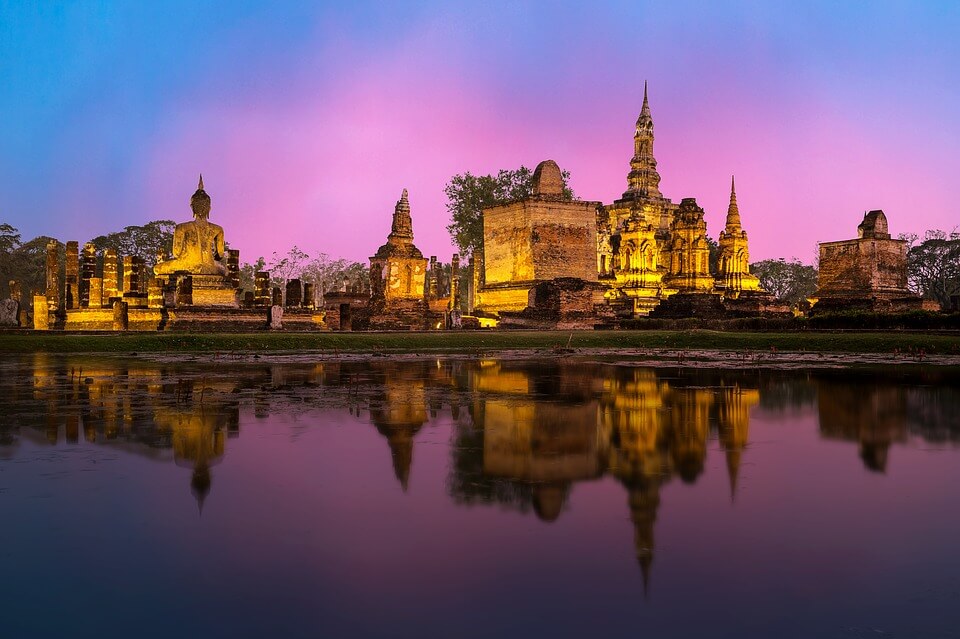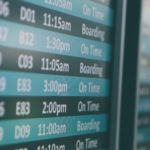With an estimated 1.7 million wheelchair users in the U.S, it goes without saying that accessibility is beyond important. However, with international travel on the rise, wheelchair users who wish to visit Southeast Asia are in for a pleasant surprise when it comes to accessibility in this region. With the rapid advancement in wheelchair accessibility, countries in Southeast Asia are sure to become popular accessible tourist destinations in the future.
Being prepared
It goes without saying that being prepared is essential for any trip – especially when it comes to an international adventure. With that being said, preparing for your trip is best done far in advance of your departure date, in order to keep travel-related stress at bay. When planning a trip to any country in Southeast Asia, planning an itinerary, letting your airline of choice know about your needs, and arranging travel insurance should all be part of your preparation. This protects you in unexpected events like cancellations or delays that may occur during your trip abroad, and allows you the peace of mind to fully enjoy your trip.
Kuala Lumpur, Malaysia
One of the best countries to visit in Southeast Asia is Malaysia – more specifically, Kuala Lumpur, the country’s capital. Kuala Lumpur is a great destination for wheelchair users, as it offers many accessible attractions to enjoy. Upon arrival, you’re sure to appreciate just how modern and accessible the international airport is, as it’s equipped with ramps and wheelchair accessible bathrooms. However, when it comes to tourist attractions, you’re sure to be pleasantly surprised as well.
While there are many things to see in Kuala Lumpur, one of the most amazing (and accessible) attractions to visit is the Aquaria KLCC. Located underneath the Kuala Lumpur Convention Center, this aquarium is truly like no other in the States. The aquarium is home to several land and aquatic animals from Malaysia as well as from around the world, making it the perfect place to learn about Malaysia’s marine life – and even see some underwater performances. Not to mention the amazing tunnel that allows you to wheel along a pathway underneath a tank filled with ocean life – giving you the perfect view and opportunity to take some pictures and observe to your heart’s content. While this is just one of the many accessible places to see, it’s definitely one that should be on your itinerary.
Bangkok, Thailand
While planning your trip to Southeast Asia, you should also seriously consider Bangkok, Thailand. Full of rich culture and many sights to see, Bangkok should be on everyone’s travel bucket list. And, when it comes to places to go, Lumphini Park is a great place to visit – especially since it features wheelchair accessible trails. Another must-visit (especially if you enjoy shopping) is the Pratunam Market – It’s the largest market in Bangkok, is accessible, and is one of the best places to go to grab some local cuisine and souvenirs before you head back home.
Finding an accessible hotel
Finding an accessible hotel in a foreign country can sometimes seem like a challenge, but if you plan on staying in a Western-owned chain hotel such as a Hilton, you most likely have nothing to worry about, as wheelchair access is often a priority in the construction and design of most 5 star hotels. However, if you wish to stay in local hotel accommodation, you more than likely have to call ahead when planning your visit to ask. In any case, calling ahead whether you plan on staying in a 5-star hotel or an Airbnb is always a great idea, and can greatly help the staff when it comes to allocating you an accessible room with a wide doorway and roll-in shower.
While a trip to Southeast Asia may sound challenging as a wheelchair user, through careful planning, you often don’t have a lot to worry about in terms of accessibility. With the rapid improvement of wheelchair access, any country in Southeast Asia can be a wonderful travel destination, where you’re sure to make many memories.







